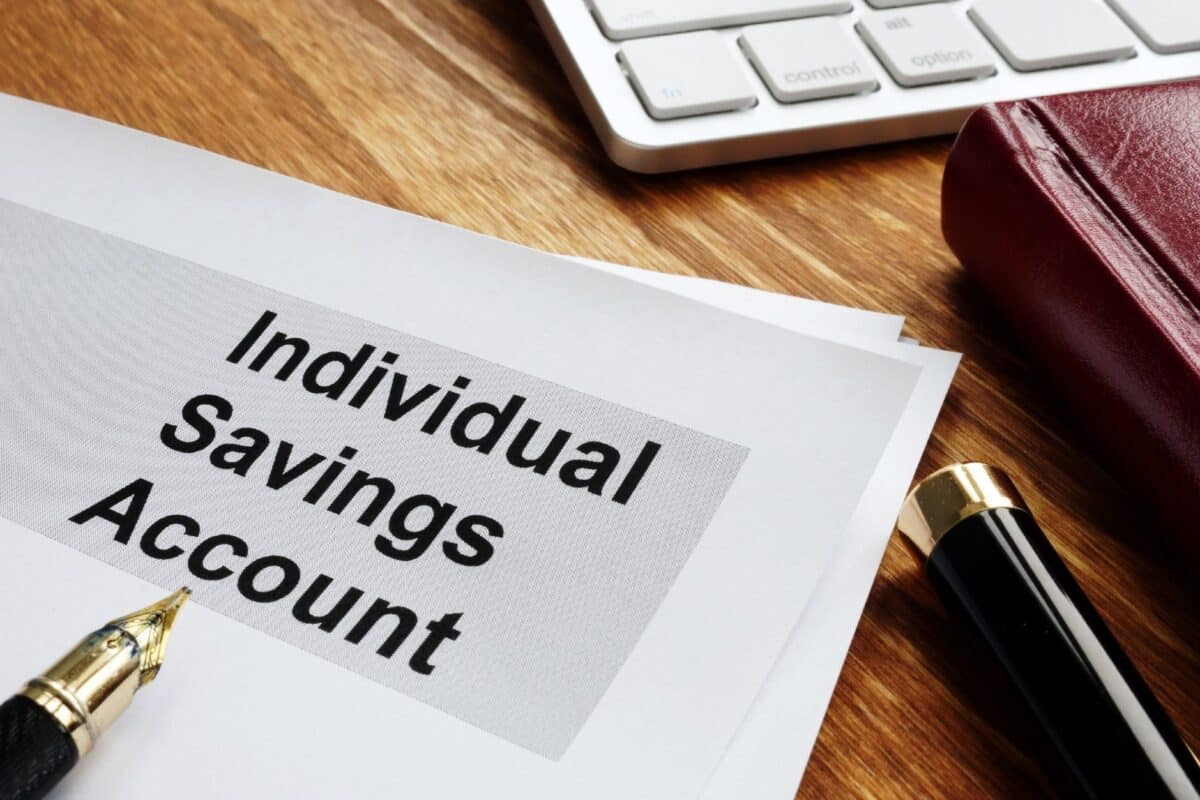The new Stocks and Shares ISA year kicked off last week, meaning I now have a new £20k allowance to make use of for the next year.
Even though I’ve held an ISA for a long time, some will be starting from scratch right now. So if I was in that position and wanted to target passive income as my investment goal, here’s what I’d do.
Principles to remember
To begin with, I wouldn’t invest everything all in one go. The beauty of the ISA is that the allowance is over the course of a year. I’m not penalised if I invest in regular chunks each month.
Please note that tax treatment depends on the individual circumstances of each client and may be subject to change in future. The content in this article is provided for information purposes only. It is not intended to be, neither does it constitute, any form of tax advice.
This helps when I’m trying to build up good options for passive income. Stocks that pay out dividends do so at different points during the year. So for a company that only delivers one payment annually, it might make sense to buy it at a certain point during the year.
Further, a stock’s dividend yield fluctuates due to the moving share price. This means opportunities to buy will present themselves during the year. So by investing regularly instead of all in one go, I can capture more opportunities.
My final note would be to diversify my exposure around different sectors. This will help me to build a robust portfolio that can withstand a shock. This could occur to one specific company, or to an underperforming sector. My income will take a hit from this, but it won’t be anywhere near as hard as if I just held that one stock (or one sector).
A banking idea
A good example of a stock I’d include in a fresh ISA is Barclays (LSE:BARC). With a dividend yield of 4.14%, it’s above the FTSE 100 average of 3.66%. Granted, this isn’t what I’d classify as an ultra-high yield option.
Yet for my ISA, I want solid stocks I believe will pay out dividends and grow them in years to come. That’s the position I believe Barclays is in. The bank has benefitted from higher interest rates over the past couple of years. In 2023, it recorded the highest revenue in over five years. The dividend per share payments also grew from 6p in 2021 to 7.25p in 2022 and 8p last year.
Granted, cuts to interest rates this year could negatively impact earnings. Yet I’m not sure that we’ll see as many cuts as people think, given the fact that inflation is remaining a bit sticky.
Let’s not forget that the share price is up 27% over the past year. Any gains here further help to boost my overall profits.
Building up income
I’d happily include Barclays in the ISA portfolio. From there, I’d then be more confident to buy a high-yield option that carries more risk to help raise the overall yield.
If I included options from other sectors including Imperial Brands (8.47%), Greencoat UK Wind (7.48%) and Bakkavor Group (6.56%), I think I could get an average yield of around 6.5%. If I invested a starting sum of £5k and then put £500 a month in my ISA, my income would start to build. By year 15, I could be making just over £10k a year from dividends.








